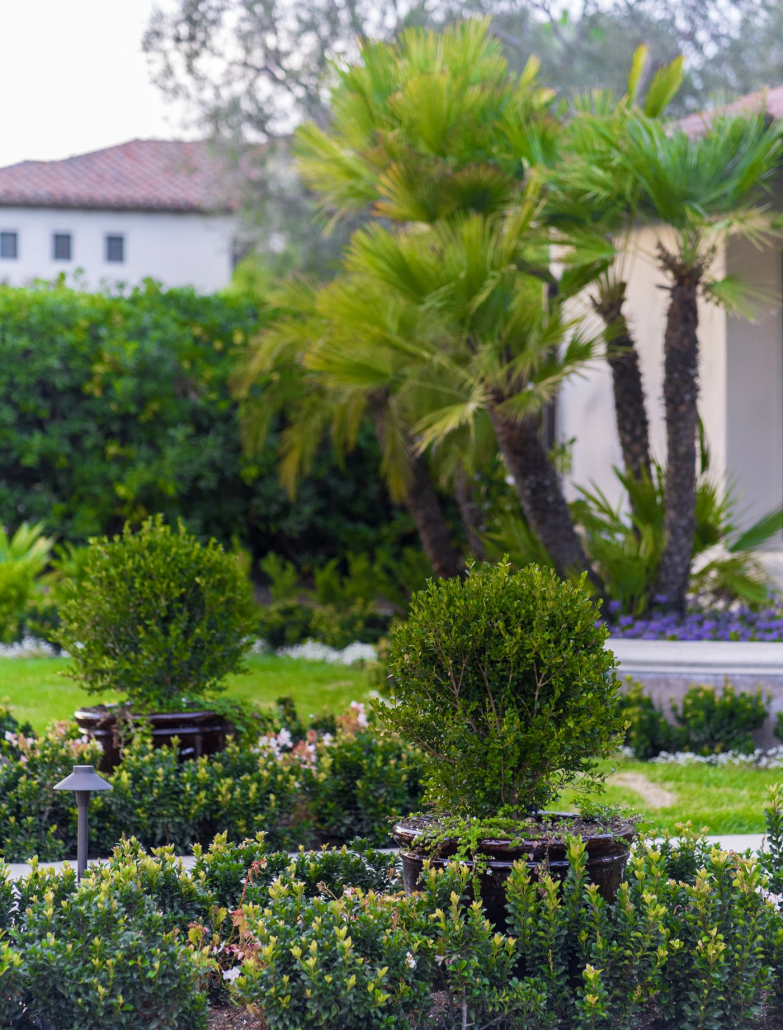
Let's explore different garden styles that promote sustainability. By integrating eco-friendly practices and using native plants in a landscape design, you can create a beautiful garden that benefits the environment.
We'll discuss various sustainable garden designs, including rain gardens, dry gardens, and vegetable gardens, as well as techniques for conserving water and promoting soil health.
In addition, we'll provide tips for using recycled materials, selecting sustainable construction materials, and incorporating fruit trees and other edible plants into your garden.
Sustainable gardening involves using eco-friendly practices to create a garden that is both beautiful and environmentally responsible. Some of the key principles of sustainable gardening include:
To practice sustainable gardening, you should also be mindful of your carbon footprint and seek to reduce it wherever possible. For example, using a push mower instead of a gas-powered lawn mower can significantly reduce your carbon emissions.
Naturalistic gardens are designed to mimic the look and feel of a natural ecosystem, with a focus on creating a sustainable habitat for local wildlife. This style of garden is often characterized by:
Creating a naturalistic garden can be a great way to support local biodiversity and create a sustainable habitat for wildlife in your area.
Cottage gardens are known for their traditional charm and romantic style, but they can also be designed with modern sustainability in mind. Some ways to create a sustainable cottage garden include:
By incorporating sustainable gardening practices into a cottage garden design, you can create a beautiful and functional space that is also environmentally responsible.
Xeriscaping is a garden style that is gaining popularity in arid regions. The word "xeriscape" is derived from the Greek word xeros, meaning dry. This focuses on using drought-tolerant plants, which require minimal water and maintenance.
By reducing the amount of water required for landscaping, xeriscaping can help conserve water resources and reduce your water bill. This garden style also emphasizes the use of natural materials, such as rocks and mulch, to retain moisture in the soil.
Xeriscaping is a sustainable gardening practice that can be easily implemented in dry regions.
Vertical gardening is a unique and innovative garden style that allows you to maximize space and sustainability in urban areas. This garden style involves growing plants vertically, using walls, trellises, and other structures. This is especially useful in urban areas where space is limited.
This can help improve air quality and reduce the urban heat island effect by providing shade and evapotranspiration. Additionally, this garden style can be sustainable by using rainwater and recycled materials.
Vertical gardening is a practical and eco-friendly way to incorporate greenery into your urban space.
Permaculture is a sustainable garden style that involves designing and cultivating ecosystems that are self-sustaining and harmonious with nature. The goal of permaculture is to create a closed-loop system that minimizes waste and enhances biodiversity.
Permaculture gardens are designed with the principles of natural systems in mind, such as water conservation, soil health, and biodiversity. They may include a wide range of plants, from food crops to medicinal herbs, and they often incorporate composting and other sustainable practices.
This garden style is a holistic approach to gardening that prioritizes the environment and sustainability.
Edible landscaping is a garden design that combines the beauty of ornamental plants with the practicality of edible crops. This style of gardening is not only aesthetically pleasing but also promotes sustainability by reducing carbon footprint and providing fresh, healthy produce.
Edible landscaping utilizes the principles of sustainable gardening by incorporating native plants, beneficial insects, and organic matter to nourish the soil and support a healthy ecosystem. The garden can also be designed to provide supplemental water through rainwater harvesting, greywater reuse, or other water conservation methods.
In addition to providing fresh produce for the table, edible landscaping can also include medicinal herbs and flowers that have health benefits. The design can be tailored to fit the space and the individual's needs, whether it's a small balcony or a large backyard.
Overall, edible landscaping is a sustainable garden style that promotes environmental stewardship while enhancing the beauty and functionality of outdoor spaces.
Looking to create a sustainable garden that combines beauty and functionality? Look no further than West Hills Masonry.
Our team of experienced professionals can help you design and implement a garden style that not only enhances the beauty of your property but also promotes sustainability through the use of eco-friendly materials and practices.
To schedule a consultation and learn more about how we can help you achieve your dream garden while also reducing your environmental impact through our excellent landscape design services, contact us at 714-519-5009 at West Hills Masonry today!
 Carlos Gonzales
Carlos GonzalesLocations We Serve
Schedule A Consultation